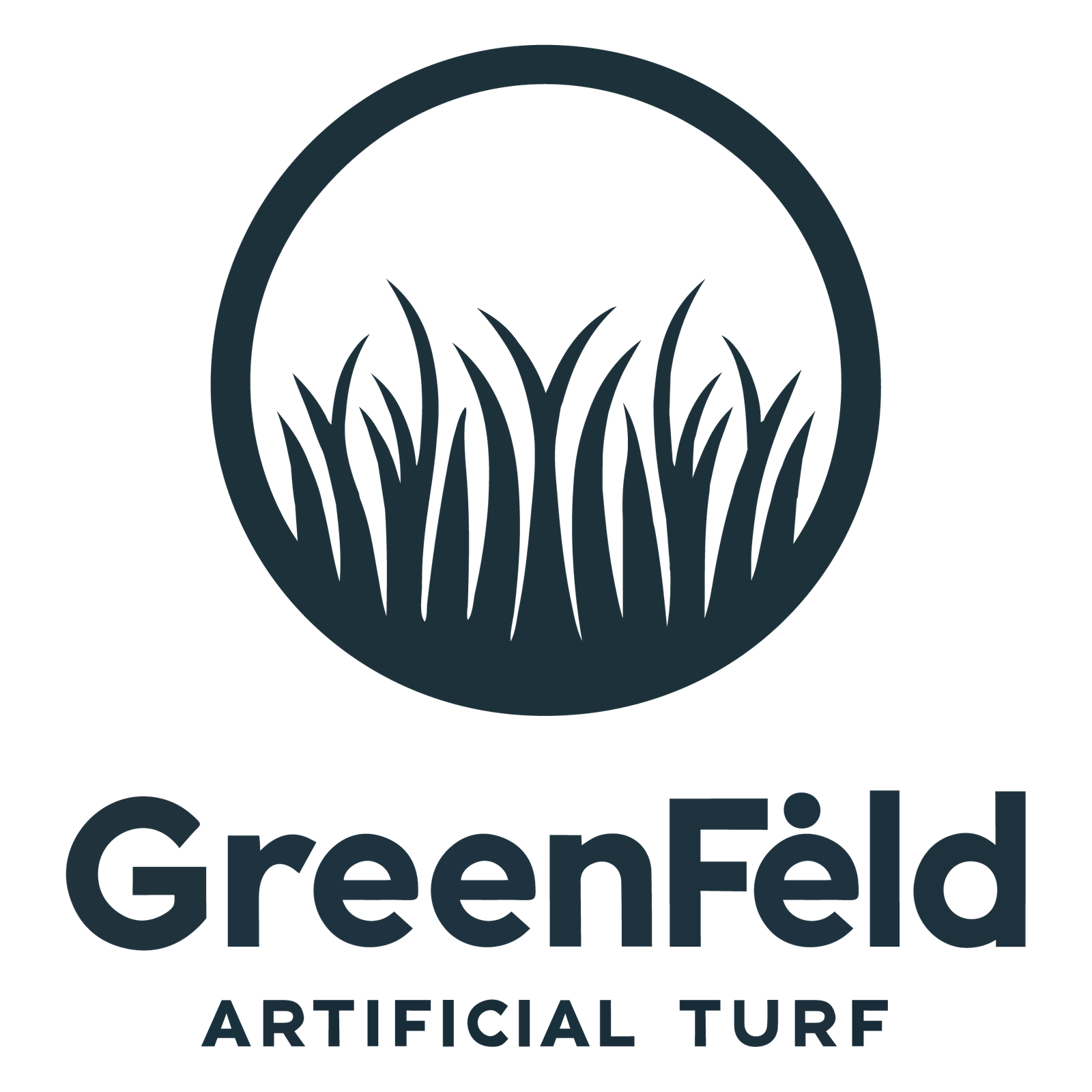I have seen many people wonder about field hockey’s traditional roots. They ask if the game still thrives on actual grass, or if synthetic surfaces have taken over.
Today, top-tier field hockey rarely uses natural grass. Instead, most official matches happen on artificial turf or specialized water-based pitches for better speed and control. Natural grass is now less common in elite play.

field hockey on grass
In my experience, the modern game flourishes on synthetic surfaces, providing faster ball movement and consistent traction. However, some recreational leagues still use grass fields, especially in regions with limited resources. Let us explore how this shift affects the sport.
What is the best grass for field hockey?
I remember chatting with newcomers who believed any short grass could serve as a field hockey pitch. They feared damaging the field or slowing down the game.
Bermuda grass is often seen as the best natural grass for field hockey. Its dense, fine texture and resilience under repeated wear help maintain a smooth playing surface.

bermuda grass for field hockey
Dive deeper paragraph
Grass Traits That Support Hockey
I have learned that Bermuda grass thrives in warm climates and stands up well against foot traffic. Its stolons (horizontal stems) and rhizomes (subterranean stems) reinforce the surface, giving players consistent footing. The short blades can be trimmed closely, which helps reduce ball drag. Also, Bermuda’s rapid regrowth can handle repeated cutting schedules. In cooler areas, some groundskeepers prefer ryegrass blends to keep turf green and stable. Yet, the structure of Bermuda typically resists damage better.
Mowing height matters, too. A typical recommendation hovers around 12-15 mm for field hockey. At that level, players benefit from quicker ball movement, akin to the speed of artificial turf. A well-irrigated and fertilized Bermuda field can mimic the smoothness of synthetic surfaces, though weather may still cause inconsistencies. In my view, consistent maintenance—regular watering, precise mowing, and prompt repairs—remains key to ensuring a playable, durable natural surface that can host competitive field hockey matches.
What type of turf is used for field hockey?
Some folks ask me if field hockey demands a specific artificial turf. They worry about traction, injuries, and how water plays a role in modern fields.
Field hockey usually uses water-based or sand-dressed artificial turf. These surfaces maximize ball speed, ensure smooth control, and provide safer footing for players.

field hockey turf
Dive deeper paragraph
Categories of Hockey Turf
I often see water-based turf leading elite competitions. This surface is irrigated before and during matches, creating a thin water layer. It reduces friction and supports rapid ball movement. From my perspective, this results in a quick game with precise passing. The water also cushions falls, lowering friction burns.
Sand-dressed or sand-filled turf, while less common at top levels, still offers an improvement over natural grass. Manufacturers partially fill these surfaces with fine sand to stabilize fibers. That produces reasonable traction and moderate ball speed. It usually costs less than water-based systems, making it popular for schools or community fields.
Another variant is the hybrid or semi-water-based pitch. These require less water overall but still maintain many speed benefits of a true water-based system. When clients ask me, I advise weighing budget, climate, and local water availability before deciding on a turf. Each approach has pros and cons, but all improve on the unevenness of natural grass in high-level field hockey.
When did field hockey stop being played on grass?
I remember older players recalling days when all matches took place on grass. Their nostalgia is strong, but modern demands led to changes.
Field hockey started moving away from grass in the 1970s, following the 1976 Montreal Olympics. Since then, major competitions have favored synthetic surfaces for consistent play.

field hockey history
Dive deeper paragraph
The Shift From Grass to Turf
Before the 1970s, almost all international and club-level field hockey used natural grass. This forced players to adapt to unpredictable bounces, slow ball speed, and field wear. Then, after artificial turf was introduced, major tournaments realized the advantage of a flatter, faster surface. I have spoken to veterans who described the transformation as immediate. Suddenly, countries that installed artificial pitches gained a performance edge.
By the 1976 Montreal Games, the International Hockey Federation (FIH) openly supported these surfaces, citing fairer conditions. Soon, top teams sought ways to train on water-based turf. Grass fields did not replicate the speed or bounce of synthetic alternatives. Over time, rule changes and advanced pitch technologies reinforced the notion that top-tier hockey needed consistent conditions. This global change accelerated through the 1980s and 1990s, leaving grass primarily for lower-level or recreational play. When I watch older footage, the difference in pace and skill display is remarkable.
Conclusion
I have seen how field hockey evolved from unpredictable grass fields to specialized artificial surfaces. While grass remains in some local settings, major competitions rely on synthetic turf for speed and consistency.

